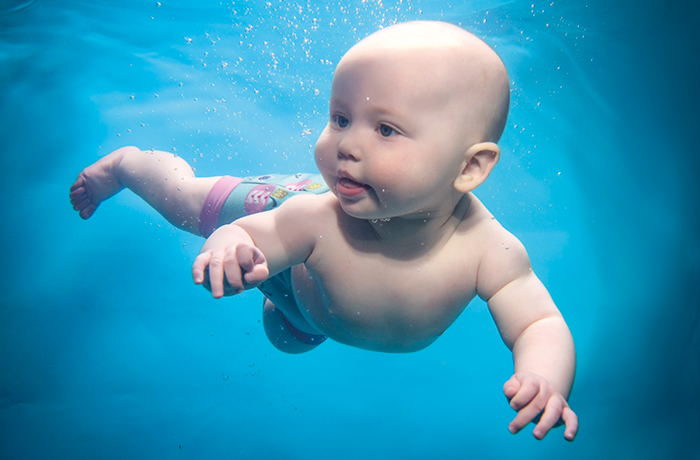Ear Infections

Ear infections in children and adults can be very painful. As a swim teacher and a mum of 2 who have suffered badly with ear infections I can sympathise. Sometimes it’s difficult to know if your little one has an ear infection or not, signs to look out for are raised temperature, change in personality (usually grumpy and not sleeping), tugging or rubbing of the ear, an unusual breath or ear odour, maybe a yellow discharge from the ear and they maybe off balance when walking. Ear infections can be linked to several things such as teething, common colds and swimming.
The Workings of the Ear
The eustachian tube is a small passageway that connects the upper part of the throat to the middle ear. Its job is to supply fresh air to the middle ear, drain fluid, and keep air pressure at a steady level between the nose and the ear. The eustachian tube in children is much narrower, about a third smaller than that of an adult and more straight and therefore doesn’t drain the fluid away as well.
Whenever you have been swimming with your baby make sure you dry the ears properly by tipping their head to either side and using the corner of the towel to dry the ear. If the weather is cold outside you may want to bring a hat.
If you have been diagnosed with an ear infection, then it is advisable not to swim or even get the ears wet, this can include bath time too. Usually your doctor will advise how best to treat and how long you will need to stay out of the water for.
For children that are prone to regular, mild infections related to swimming there are a range of ear bands and plugs , these work by helping to prevent water entering the ear.

